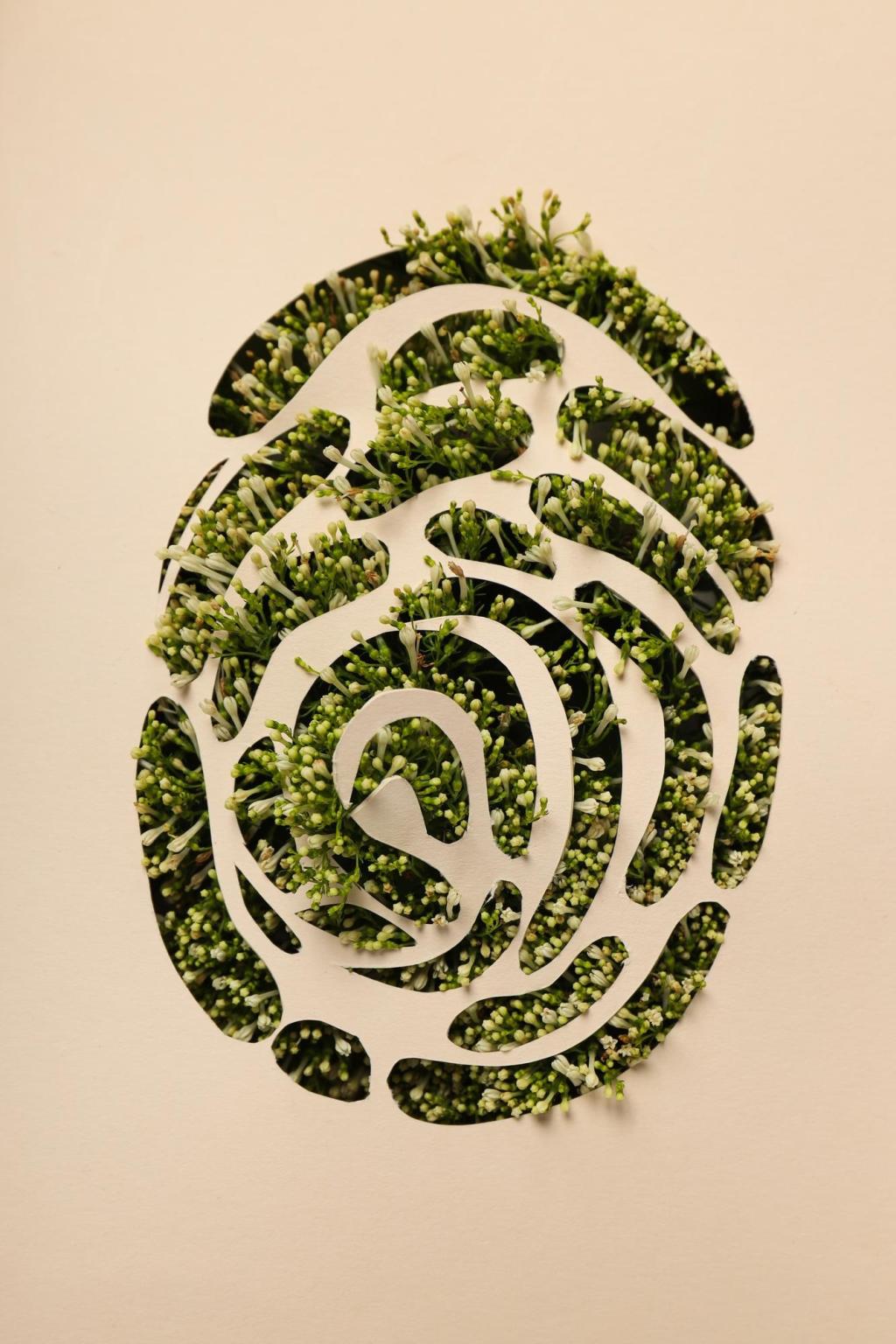Start Smart: Plan, Source, and Set Up
Flip the table, look for maker’s marks, and gently wiggle every leg. Note loose joinery, peeling veneer, and stains. Decide if your project needs structural work or just cosmetic updates. Share a photo of your candidate in the comments and ask the community for gut-check feedback.
Start Smart: Plan, Source, and Set Up
Explore thrift stores, flea markets, and neighborhood free groups with a tape measure in your pocket. Avoid impulse buys by setting a clear budget and prioritizing solid wood or well-made veneer. Tell us your best score and what you paid—your story can inspire smarter hunts for everyone.



